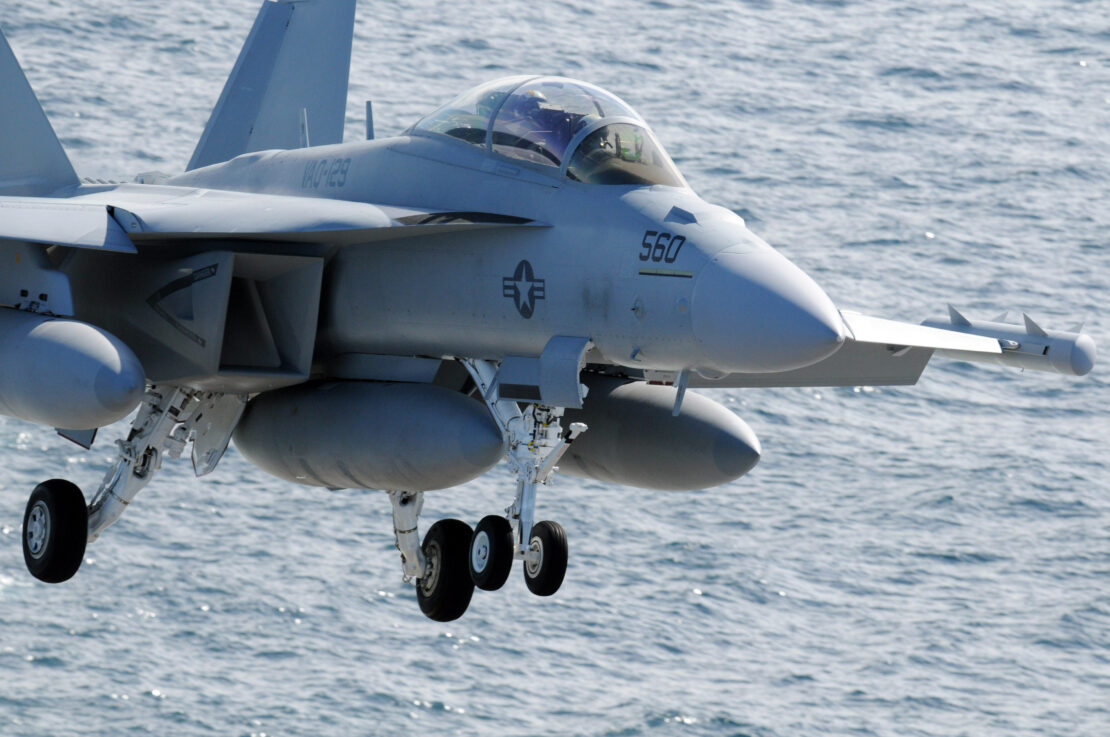ALE performed Product Support Analysis (PSA) and prepared a comprehensive Logistic Product Data (LPD) database to document the results.
ALE was a subcontractor on the effort to SAIC who were under contract to NSWC Crane on the Seaport-e contract vehicle. This experience demonstrates ALE’s ability to successfully perform PSA and prepare a detailed, extensive LPD database that is fully integrated with provisioning and other depot planning efforts.

ALE was frequently consulted by the US Navy PM in establishing the LPD database structure and project analysis approach. Recommendations were provided in development of the project style guide and methodology to documentation of specific logistics data elements necessary for a comprehensive and meaningful maintenance plan. ALE applied the principles of GEIA-STD-0007 to accomplish PSA on the EA-18G AEA to identify and analyze depot level maintenance tasks. Depot level tasks were identified through review of detailed design data (drawings and BOMs), existing LPD data, and FMECA data. Once identified, each task was analyzed to define the procedure and all support resources needed to accomplish the task. ALE identified support resources including tools, test equipment, support equipment, consumables, repair parts, facilities, manpower, and skills. This effort is a key part of the overall EA-18G Airborne Electronic Attack (AEA) Depot planning effort being accomplished at NSWC Crane.





